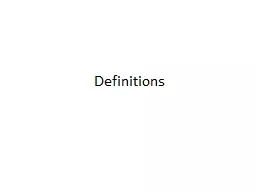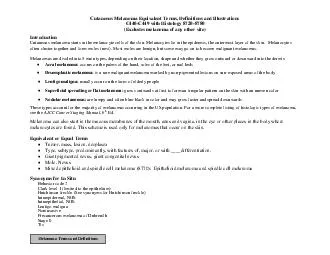PPT-Copy the these terms/definitions into your notebook:
Author : alida-meadow | Published Date : 2017-08-21
Agrarian type of society or culture based around farming and raising livestock Neolithic Era means new stone age refers to period when humans came to live in
Presentation Embed Code
Download Presentation
Download Presentation The PPT/PDF document "Copy the these terms/definitions into yo..." is the property of its rightful owner. Permission is granted to download and print the materials on this website for personal, non-commercial use only, and to display it on your personal computer provided you do not modify the materials and that you retain all copyright notices contained in the materials. By downloading content from our website, you accept the terms of this agreement.
Copy the these terms/definitions into your notebook:: Transcript
Download Rules Of Document
"Copy the these terms/definitions into your notebook:"The content belongs to its owner. You may download and print it for personal use, without modification, and keep all copyright notices. By downloading, you agree to these terms.
Related Documents












![[DOWLOAD]-Developer IDE Notebook, EAT. SLEEP. CODE. REPEAT. ,Computer Software Premium:](https://thumbs.docslides.com/992274/dowload-developer-ide-notebook-eat-sleep-code-repeat-computer-software-premium-programmer-dotted-notebook-6x9-inch-to-do-list-notebook-daily-journal-for-developers-daily-notebook-planner.jpg)
![[EBOOK] Funny Colorful Cats College Ruled Notebook - Cute Cats Print Composition Notebook](https://thumbs.docslides.com/1004188/ebook-funny-colorful-cats-college-ruled-notebook-cute-cats-print-composition-notebook-wide-ruled-notebook-8-5-x-11-large-110-pages-ruled-lined-journal-great-for-work-school-and-daily-use-notebook.jpg)
![[EBOOK] Composition Notebook: Halloween Skull Composition Notebook,| College Ruled Notebook](https://thumbs.docslides.com/1005535/ebook-composition-notebook-halloween-skull-composition-notebook-college-ruled-notebook-lined-journal-100-pages-7-5-x-9-25-notebook-skull.jpg)